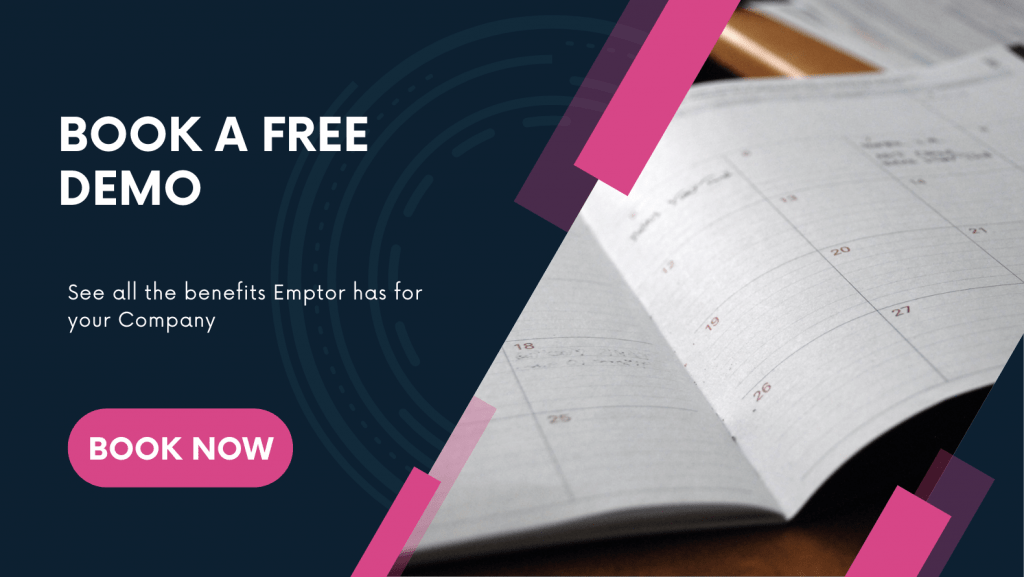The employee lifecycle refers to the stages that an employee goes through during their time with a company, from recruitment, onboarding performance management, career development and off-boarding.
Employee lifecycle is an important aspect of HR management, as it allows organizations to effectively manage and optimize their workforce, from attracting top talent to retaining and developing employees over time.
1.Recruiting
Successful recruiting in a company involves several key steps that must be carefully planned and executed to ensure the best possible outcome. Here are some tips to help you achieve successful recruiting in your organization:
Define the job requirements: Clearly define the job requirements and responsibilities, including necessary skills, experience, and qualifications. This will help you identify the right candidates for the role.
Develop a recruitment strategy: Determine the best recruitment channels to reach potential candidates, such as job boards, social media, employee referrals, or recruitment agencies.
Create a compelling job description: Write a clear and engaging job description that highlights the benefits and opportunities of the position.
Screen resumes: Review resumes and applications carefully to identify the most qualified candidates. Conduct initial phone interviews to further assess candidate qualifications and interest.
Conduct in-person interviews: Schedule in-person interviews with top candidates to evaluate their skills, experience, and cultural fit.
Check references: Verify candidate references and identity, conduct a background check, to ensure their qualifications and experience match their resume.
Make a job offer: After selecting the best candidate, make a job offer that includes salary, benefits, and other details of the position.
Onboard the new hire: Develop an onboarding plan to ensure the new employee is welcomed and trained effectively to get them up to speed quickly and comfortably.
These steps can set the sequential steps to build a strategy in order to attract and retain top talent, helping you achieve your business goals and objectives.
2.Onboarding
Successful onboarding to a company is critical for new hires to feel welcomed, understand their role and responsibilities, and become productive members of the team. For a successful onboarding process you need to:
Plan ahead: The onboarding process should begin before the employee’s start date. Make sure that all necessary paperwork, equipment, and resources are ready for the new hire. This will ensure that they can hit the ground running on their first day.
Provide a warm welcome: On the employee’s first day, make sure to welcome them warmly. Introduce them to their colleagues, show them around the office, documentation, and explain the company’s culture and values.
Clearly define expectations: Make sure that the new hire understands their role and responsibilities. Provide them with a clear job description and outline what is expected of them.
Provide training: Ensure that the new hire has the necessary training to perform their job duties. This can include training on software, systems, and processes used within the company.
Set regular check-ins: Schedule regular check-ins with the new hire to ensure that they are settling in well and to address any concerns they may have.
Foster relationships: Encourage the new hire to build relationships with their colleagues. This can include setting up meetings with team members and arranging social events.
Feedback: At the end of the onboarding process, ask for feedback from the new hire. This will help identify any areas for improvement and ensure that the onboarding process continues to be effective for future hires.
3.Performance management
Performance management is a systematic process of planning, monitoring, evaluating, and improving an individual or organization’s performance. It involves setting clear goals and expectations, providing feedback and coaching, measuring progress and results, and identifying areas for development and improvement.
The objective of performance management is to enhance individual and organizational effectiveness, aligning goals and objectives with the overall strategy, and improving the overall performance and outcomes. Effective performance management helps organizations to identify and retain top talent, promote employee engagement, and achieve their strategic objectives.
Organizations can create a performance management process
The process need to be effective, fair, and promotes employee engagement and development by putting in place a strategy that consider:
Set clear and specific goals: Goals should be specific, measurable, achievable, relevant, and time-bound (SMART). This ensures that employees have a clear understanding of what is expected of them and can track their progress.
Provide regular feedback: Feedback should be ongoing, constructive, and timely. It should focus on both positive and negative aspects of an employee’s performance, and include specific examples.
Use a balanced approach: Consider both qualitative and quantitative measures of performance. This includes measuring results, as well as behaviors and competencies.
Encourage employee participation: Employees should and need to be involved in the performance management process, including setting goals and providing feedback. This promotes engagement and ownership of the process.
Use technology to streamline the process: There are many performance management tools available that can help automate the process, including goal setting, feedback, and performance tracking.
Focus on development: Performance management should not only be focused on evaluating performance but also on developing employees’ skills and capabilities.
Align with the organization’s strategy: Should be aligned with the organization’s overall strategy and goals. This ensures that employees’ performance is contributing to the organization’s success.
4.Career development
Career development is an essential component of the employee lifecycle as it plays a critical role in ensuring that employees remain motivated, engaged, and productive.
Refers to the process of equipping employees with the skills, knowledge, training and experiences necessary to advance their careers within the organization. It involves providing employees with opportunities for growth and development, including training, mentoring, coaching, and job rotations.
Typically starts during the onboarding process, where employees are introduced to the organization’s culture, values, and career paths. It continues throughout the employee’s tenure, with regular performance evaluations and feedback sessions. During these sessions, employees can discuss their career aspirations and receive guidance on how to achieve their goals.
To support career development, organizations must provide employees with clear career paths, opportunities for skills development, and access to resources such as training and mentoring programs. It’s also essential to create a culture that values continuous learning and growth and rewards employees for their contributions to the organization’s success.
Investing in career development, organizations can improve employee retention, boost morale, and increase productivity. Additionally, employees who feel supported in their career development are more likely to be engaged in their work, which can lead to better business outcomes.
5.Off boarding
Off boarding of an employee refers to the process of separating an employee from their employment within a company. This can occur for a variety of reasons, including resignation, termination, retirement, or other circumstances.
The following are some common steps that companies may take during the off boarding process:
Exit interview: An exit interview may be conducted to gather feedback from the employee about their experience working at the company, and to identify any areas for improvement.
Return of company property: The employee is expected to return all company property, including electronic devices, keys, security badges, and any other materials or equipment issued to them during their employment.
Final paycheck: The employee’s final paycheck, which includes any accrued vacation or sick time, is processed and issued.
Benefit termination: The employee’s benefits, such as health insurance, retirement plans, and other benefits, are terminated or converted as per company policy.
Communication: The employee’s supervisor or HR department may communicate with other employees to inform them of the departure and any transitional plans.
Exit documentation: Any necessary paperwork, including the employee’s resignation letter or termination notice, is completed and filed.
Security measures: Access to the company’s physical and electronic systems and data is revoked, and any necessary security measures are taken to protect confidential company information.
Feedback: The company may ask for feedback from the departing employee to understand their experience, identify areas of improvement, and plan for future off boarding processes.
These steps can help ensure that the off boarding process is handled efficiently, respectfully, and in compliance with company policies and legal requirements.
Frequently asked questions
Q.What is the purpose of the employee lifecycle?
A.The purpose of the employee lifecycle is to ensure that the organization can attract, retain, and develop its employees, and that employees can effectively contribute to the organization’s goals and objectives throughout their employment.
Q.How can an organization improve the employee lifecycle?
A.An organization can improve the employee lifecycle by implementing best practices in recruitment, onboarding, performance management, training and development, career progression, and separation or retirement. This can include regular communication, feedback, training opportunities, and creating a positive work environment.
Q.What is the role of HR in the employee lifecycle?
A.HR plays a critical role in managing the employee lifecycle, from recruitment and onboarding to performance management and separation. HR is responsible for creating and implementing policies and procedures, facilitating communication and feedback, and ensuring compliance with laws and regulations related to employment.
Every stage of the employee lifecycle is critical for success
Employee lifecycle is very important to set up your team for success, each and every stage matters in order to set up a sequential strategy.
Recruiting stage is a critical step of the process, at Emptor we encourage you to conduct a proper due diligence with automated background check and identity validation on your candidates to ensure that you are working with people you can trust.
Schedule a free demo so you can learn how you can perform automatic background checks in a matter of minutes.





